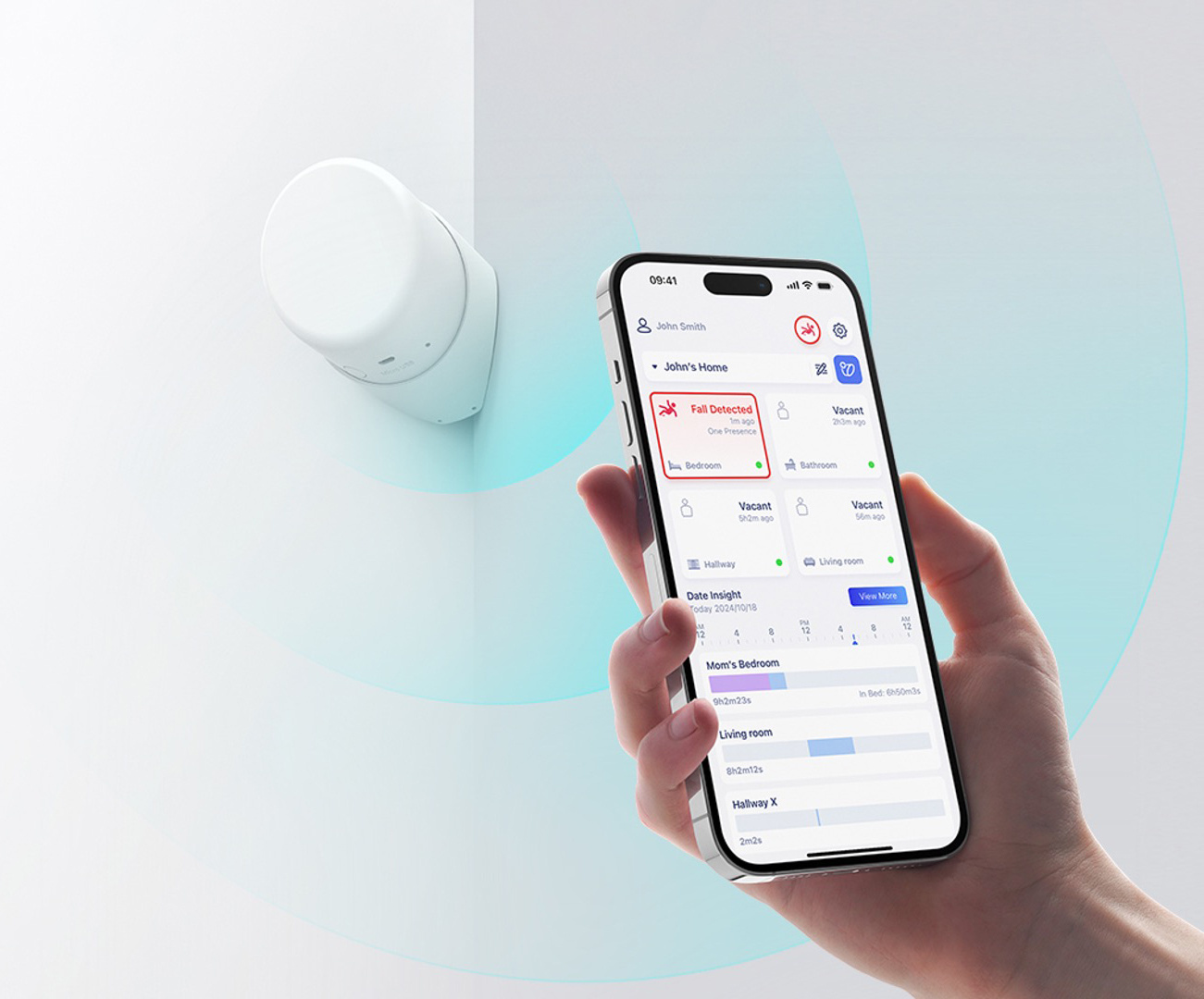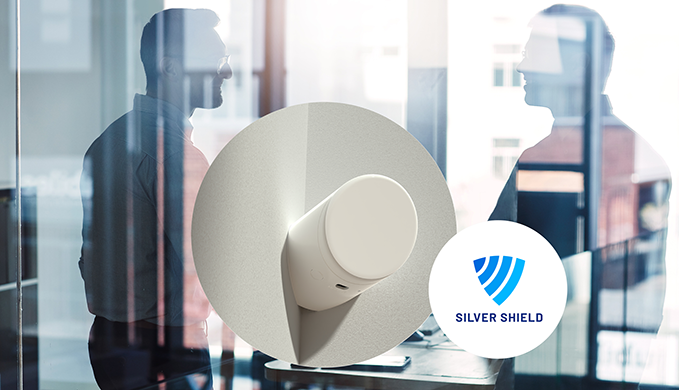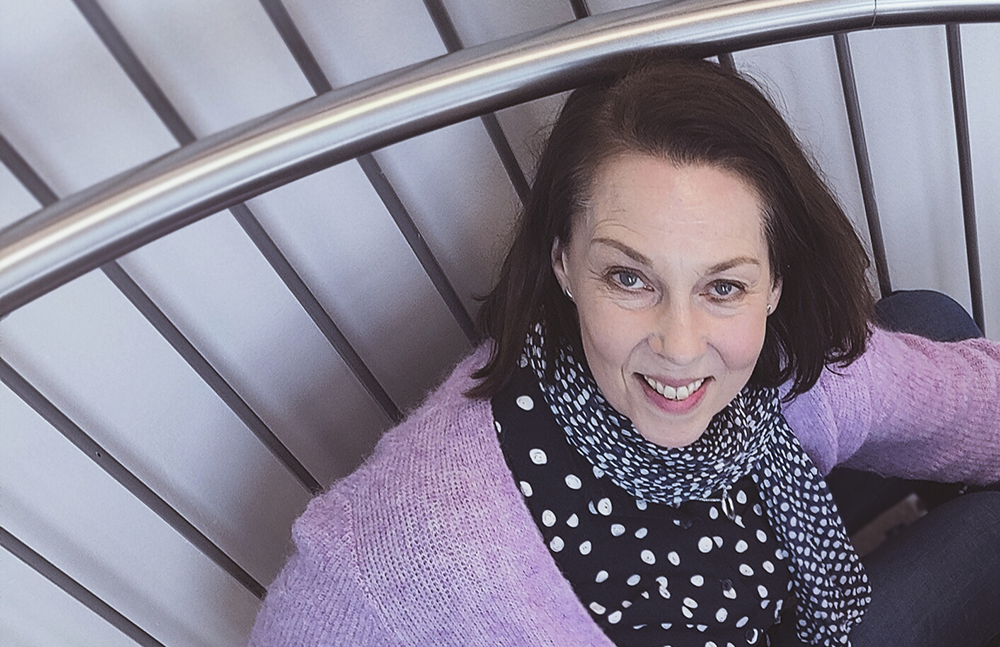Actigraphy supports mental health rehabilitation

Vivago was a part of Sitra funded Healthcare Analytics Program implemented in the unit of rehabilitative psychiatry in Harjavalta hospital in 2018. The program produced a thesis about utilizing digitalization and wellbeing technology in challenges in nursing. The theme of the thesis hits a common and well-known problem within psychiatric nursing – pen and paper being still the main tools for follow-up.
The Harjavalta hospital sited near the city of Pori has a long history of mental health work. Mr Rami Eklund, a nurse, has worked in the hospital for 16 years. In 2018 Mr Eklund with his thesis work participated in a pilot training, the Healthcare Analytics Program, of the Satakunta University of Applied Sciences SAMK, the eHealth laboratory of the Tallinn University of Technology TTÜ, and of the Tampere University of Technology TUT. The aim of the training was to find solutions for the challenges in nursing from digitalization and wellbeing technology.
Mr Eklund confirms that currently almost the only way of measuring the effectiveness of care is based upon the follow-up forms, the length of care periods and the amount of unplanned new care periods of the patients. He says that there is plenty of talk about digitalization and some possible digital methods do exist, but the utilization of them is still in its infancy. Especially when returning home right after a hospital period the connection to a patient breaks, and there is no way to monitor their wellbeing and intervene on the possible changes in it.
In his thesis Mr Eklund tested a Vivago watch on the patients of his ward and mapped also more generally the potential of digital equipment in psychiatric nursing. The research topic of the thesis was to see if the Vivago system could be used for monitoring the effectiveness of medication and treatments, as well as detecting changes in wellbeing at home after a hospital period. In addition, the worth of the system in instructing, guiding and motivating a patient was recognized and thus was wanted to implement in practise. One key feature to test was to see how the patients took to round-the-clock surveillance, because some psychiatric patients may find it distressing and refuse it altogether.
Two patients of the rehabilitation ward agreed to a two-week test period with Vivago. Acceptance was easier due to the Vivago watch being modern and normal looking enough, and it didn’t require any special action to use. The first patient of the trial was treated with ECT (electroconvulsive therapy). The patient’s wellbeing was monitored both during the treatment in hospital and after discharge at home. The patient wore the Vivago watch during the whole two-week trial period. The wellbeing of the patient was regarded well enough after treatment to be discharged, but the circadian rhythm plummeted instantly right after returning home. The patient didn’t attend the agreed care visits and was hard to reach in general. Mr Eklund sees that especially in this kind of cases Vivago monitoring enables intervening problems before they worsen, and it possibly might prevent hospitalization altogether.
The other patient of the trial was transferred from the rehabilitation ward to an outpatient ward requiring a more active involvement. In the closed rehabilitation ward the patient was described as a person who does nothing but lays in bed without participation to activities. In the open outpatient ward the activity of the patient was increased, which came as a positive surprise to the nursing personnel. This was also seen on the activity curves of the Vivago system, where an exemplary circadian rhythm and activity. Mr Eklund met the patient three times during the trial and focused on giving positive feedback and justifying it with Vivago charts. Even though the patient wasn’t interested in self-monitoring with the Vivago MOBILE software, it was interesting to hear about the activity chart analysis from a nurse. All in all, the patient felt the trial as a positive and easy way of participation, because it didn’t require much special effort. Mr Eklund says that precisely as this kind of an easy and motivating tool Vivago is a good fit for psychiatric patients.
Mr Eklund tells that the encouraging results from the Vivago trial got his colleagues interested in the system. Amongst others he interviewed the chief medical officer Ms Sanna Valtanen for her thoughts about Vivago monitoring. Ms Valtanen sees that the monitoring is sensible when a patient is capable to commit to it. A clear circadian rhythm is one of the important aspects considering rehabilitating a patient. Ms Valtanen estimates, that the Vivago watch might give more accurate data of when a mania starts to fold, or depression or inability to function is starting to get better. The monitoring could also be used for recording the effectiveness of medication, but also of electric, magnetic stimulation, vibroacoustic etc. treatments, and it might help with the weight control of patients or at least increasing motivation to move.
Mr Eklund’s trial was in its place to help acknowledge activity monitoring and see all its benefits for the best of the patients.


